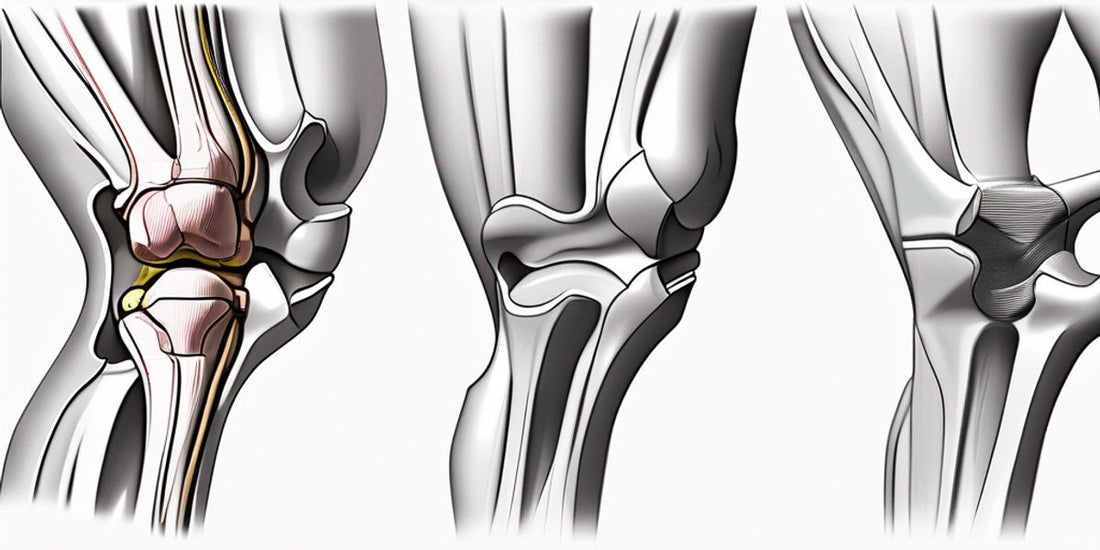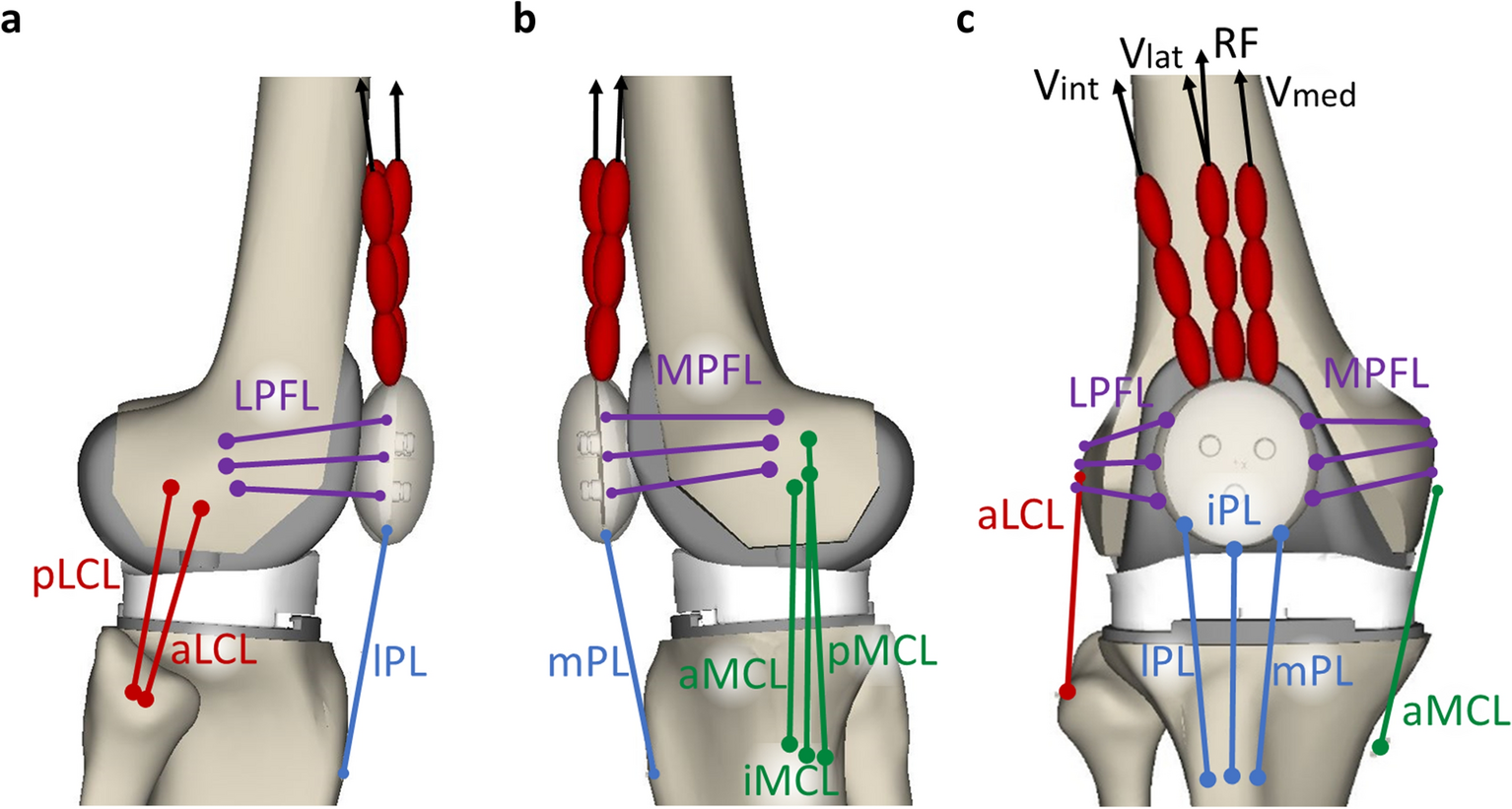Tips for Joint Preservation and Longevity: Maintaining joint health is essential for overall well-being and quality of life, especially as we age. Joint problems can lead to pain, decreased mobility, and a reduced ability to perform daily activities. Dr. Gautam Gupta, a leading orthopedic specialist, emphasizes the importance of joint preservation and longevity through proactive care and lifestyle choices. This article provides valuable tips and insights into how to care for your joints, ensuring they remain healthy and functional for years to come. We can discuss more about “Tips for Joint Preservation and Longevity”

Understanding Joint Health
1. The Structure of Joints
Joints are complex structures where two or more bones meet. They consist of cartilage, synovial fluid, ligaments, tendons, and surrounding muscles. Each component plays a crucial role in maintaining joint function and stability. Key elements include: We can discuss more about “Tips for Joint Preservation and Longevity”
- Cartilage: A smooth tissue that covers the ends of bones, allowing for smooth movement and reducing friction.
- Synovial Fluid: A lubricating fluid that nourishes cartilage and reduces wear and tear during movement.
- Ligaments and Tendons: Strong connective tissues that stabilize joints and connect muscles to bones.
Dr. Gupta explains that maintaining the health of these components is vital for joint longevity.

Tips for Joint Preservation
1. Stay Active
Regular physical activity is essential for joint health. It strengthens the muscles around the joints, maintains flexibility, and improves overall mobility. Dr. Gupta recommends the following:
- Low-Impact Exercises: Engage in low-impact activities such as walking, swimming, or cycling, which reduce stress on the joints while promoting cardiovascular health.
- Strength Training: Incorporate strength training exercises to build muscle mass and support joint stability. Focus on exercises that strengthen the muscles surrounding major joints, such as the knees, hips, and shoulders.
- Flexibility Exercises: Incorporate stretching or yoga into your routine to enhance flexibility and maintain the range of motion in your joints. We can explore further on “Tips for Joint Preservation and Longevity”

2. Maintain a Healthy Weight
Excess weight puts added stress on weight-bearing joints, such as the knees and hips. Maintaining a healthy weight can significantly reduce the risk of developing joint problems. Dr. Gupta suggests: We can delve deeper into “Tips for Joint Preservation and Longevity”
- Balanced Diet: Adopt a balanced diet rich in fruits, vegetables, whole grains, and lean proteins. Foods high in omega-3 fatty acids, such as fatty fish, walnuts, and flaxseeds, can help reduce inflammation.
- Portion Control: Be mindful of portion sizes to help manage weight and prevent overeating.
Nutrition for Joint Health
1. Anti-Inflammatory Foods
Certain foods can promote joint health by reducing inflammation. Dr. Gupta recommends including the following in your diet:
- Fruits and Vegetables: Colorful fruits and vegetables are rich in antioxidants and vitamins that support joint health. Berries, cherries, spinach, and kale are particularly beneficial. We can talk more regarding “Tips for Joint Preservation and Longevity”
- Healthy Fats: Incorporate healthy fats, such as olive oil and avocados, which can help reduce inflammation.
- Nuts and Seeds: Almonds, walnuts, and chia seeds provide essential fatty acids and nutrients that support joint function.

2. Hydration
Staying hydrated is crucial for joint health, as water helps maintain synovial fluid levels, which lubricates joints. Dr. Gupta advises:
- Drink Plenty of Water: Aim for at least eight glasses of water a day, adjusting based on activity level and climate.
- Limit Sugary Drinks: Reduce consumption of sugary beverages, as they can contribute to weight gain and inflammation.
Protective Strategies for Joint Longevity
1. Proper Posture and Body Mechanics
Maintaining good posture and using proper body mechanics during daily activities can reduce strain on the joints. Dr. Gupta emphasizes:
- Ergonomic Adjustments: Adjust your workspace to promote good posture while sitting and standing. Ensure that your chair supports your lower back and that your computer screen is at eye level.
- Lifting Techniques: Use proper lifting techniques by bending at the hips and knees instead of the back. Keep the load close to your body to minimize strain.

2. Joint Protection Techniques
Implementing joint protection techniques can help preserve joint function and reduce pain. Dr. Gupta recommends:
- Assistive Devices: Consider using assistive devices such as braces, splints, or shoe inserts if needed, to support and stabilize joints during activities.
- Pacing Activities: Break tasks into smaller segments to avoid overloading your joints. Take breaks and alternate activities to prevent fatigue.
Regular Check-Ups and Preventive Care
1. Early Detection of Joint Problems
Regular check-ups with an orthopedic specialist can help identify potential joint issues before they become severe. Dr. Gupta encourages:
- Annual Assessments: Schedule annual evaluations to monitor joint health, especially if you have a family history of joint problems or previous injuries.
- Bone Density Testing: Discuss the need for bone density testing, especially for individuals at risk for osteoporosis.

2. Understanding Warning Signs
Being aware of warning signs related to joint health can lead to early intervention. Dr. Gupta advises:
- Pain and Swelling: Seek medical advice if you experience persistent pain, swelling, or stiffness in any joint.
- Reduced Range of Motion: If you notice a decreased range of motion or difficulty performing daily activities, consult an orthopedic specialist.
When to Seek Professional Help
1. Consult an Orthopedic Specialist
If joint pain or discomfort persists despite self-care measures, it is crucial to consult an orthopedic specialist like Dr. Gautam Gupta. He can provide a thorough evaluation, diagnosis, and personalized treatment plan tailored to your needs.
2. Explore Treatment Options
Dr. Gupta may recommend various treatment options, including physical therapy, medication, or regenerative therapies, depending on the severity of the condition and individual patient needs.

Conclusion: Tips for Joint Preservation and Longevity
Caring for your joints is essential for maintaining mobility, reducing pain, and enhancing overall quality of life. By adopting a proactive approach to joint preservation through regular physical activity, a balanced diet, and proper body mechanics, individuals can significantly improve their joint health and longevity.
Read More:
Dr. Gautam Gupta emphasizes the importance of early detection and preventive care in orthopedic health. If you have concerns about your joint health or seek guidance on maintaining joint longevity, reach out to Dr. Gautam Gupta at the Bone and Joint Clinic in Kolkata. His expertise can help you navigate the journey toward healthier joints. Also can visit the best orthopedic and spine treatment center in Gwalior. We are all powered by Argusdna.

Contact Information:
- Phone: +91 62917 71106
- Email: contact@bonedoctorgautam.com
- Address: 591, Tagore Park Rd, Tagore Park, Kasba, Kolkata, West Bengal 700039






